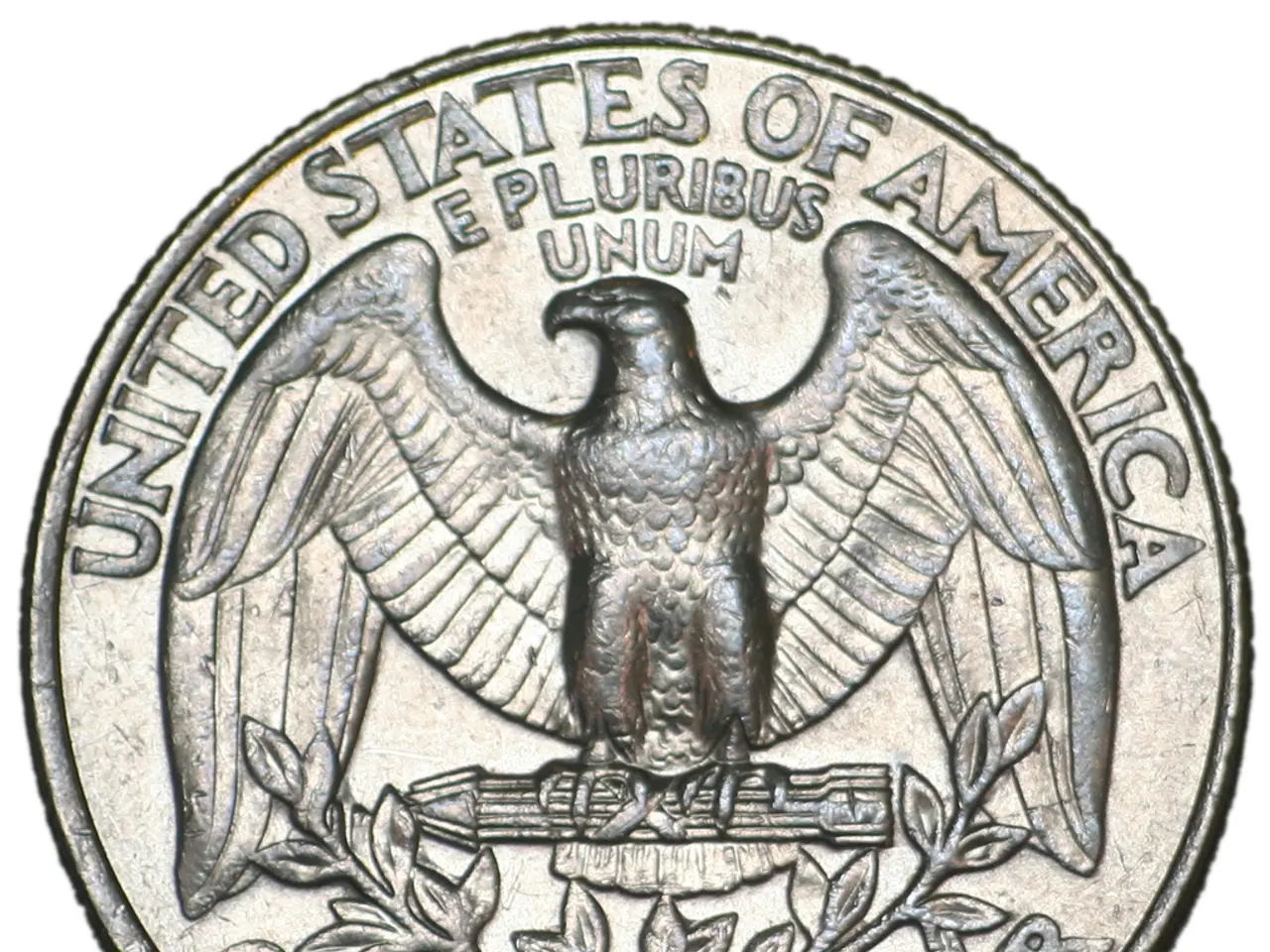US Tariffs: A Stiff Challenge for German Steel and Aluminum Exports
Imports of US-bound iron and steel have decreased. - Decline in iron and steel exports to the United States observed
Delve into the impact of hefty U.S. tariffs on steel, aluminum, and their products, and how it's shaking up the German export scene.
The U.S. tariffs on imported iron, steel, and aluminum have taken a toll on German exports. From January to April 2025, German exports of these metals and their products dropped by 0.4 percent to €1.3 billion for iron and steel, and 1.8 percent to €218 million for aluminum, according to the Federal Statistical Office.
Since March 2025, the U.S. has imposed additional tariffs of 50 percent on these metals and products, imposing a substantial burden on German exporters. This sharp increase, which originated from a previous 25 percent tariff, has eroded German exporters' competitiveness in the U.S. market. The steel association WV Stahl, commenting on the tariffs, described them as a "massive burden," exacerbating an already struggling German steel industry.
Although the declines in iron and steel trade with the U.S. were lower than the overall decline in Germany's iron and steel exports, the US still ranks 6th among Germany's most important customer countries for these metals, with a share of around six percent. For aluminum, however, the US ranks 10th among Germany's most important customer countries. Interestingly, German manufacturers exported more aluminum and products made from it in the first four months of 2025 than in the previous year, with an eight percent increase.
The intensified U.S. tariffs not only crash the transatlantic trade breeze but also weighs heavily on the German steel industry, limiting market access and increasing competition within Europe. This potentially diverts European suppliers away from the U.S. market, intensifying import pressure on the EU and potentially lowering prices. The European Commission is ready to impose retaliatory measures, foreshadowing an escalating trade conflict.
The German government, under Chancellor Friedrich Merz, acknowledges the strategic importance of steel for both economic and national security reasons and is taking measures to reduce the energy price burden on the steel industry. Meanwhile, the uncertainty persists whether the high tariffs will be sustained, as corporate lobbying in the U.S. often leads to exemptions or tariff rollbacks.
The demand for steel in the defense manufacturing sector, driven by geopolitical tensions, may provide a partial offset to losses in tariff-impacted exports. Negotiations between the EU and the U.S. are ongoing, and both sides are seeking a mutually beneficial solution before existing deadlines. The EU is also developing effective trade protection instruments for its steel industry and pursuing bilateral agreements to mitigate tariff damage.
The tumultuous U.S. tariffs have plunged German exporters into a tempestuous environment. While the defense sector may help cushion some of the blows with increased demand, trade negotiations and potential EU retaliatory measures are critical factors to keep an eye on as the situation unfolds. Stay tuned for updates on this evolving scenario.
This intricate situation highlights both immediate trade obstacles and the broader geopolitical-economic shifts influencing German steel and aluminum exports in this period.
- In response to the increasing U.S. tariffs on steel and aluminum, the German government is taking steps to alleviate the energy price burden on the steel industry, recognizing its strategic importance for both economic and national security reasons.
- As industry leaders, German steel manufacturers and exporters are navigating a challenging landscape, particularly in the U.S. market due to the imposed tariffs. This scenario is not confined to the steel sector alone; it extends to the broader employment policy, given the significant impact on jobs and employment opportunities in this industry.




